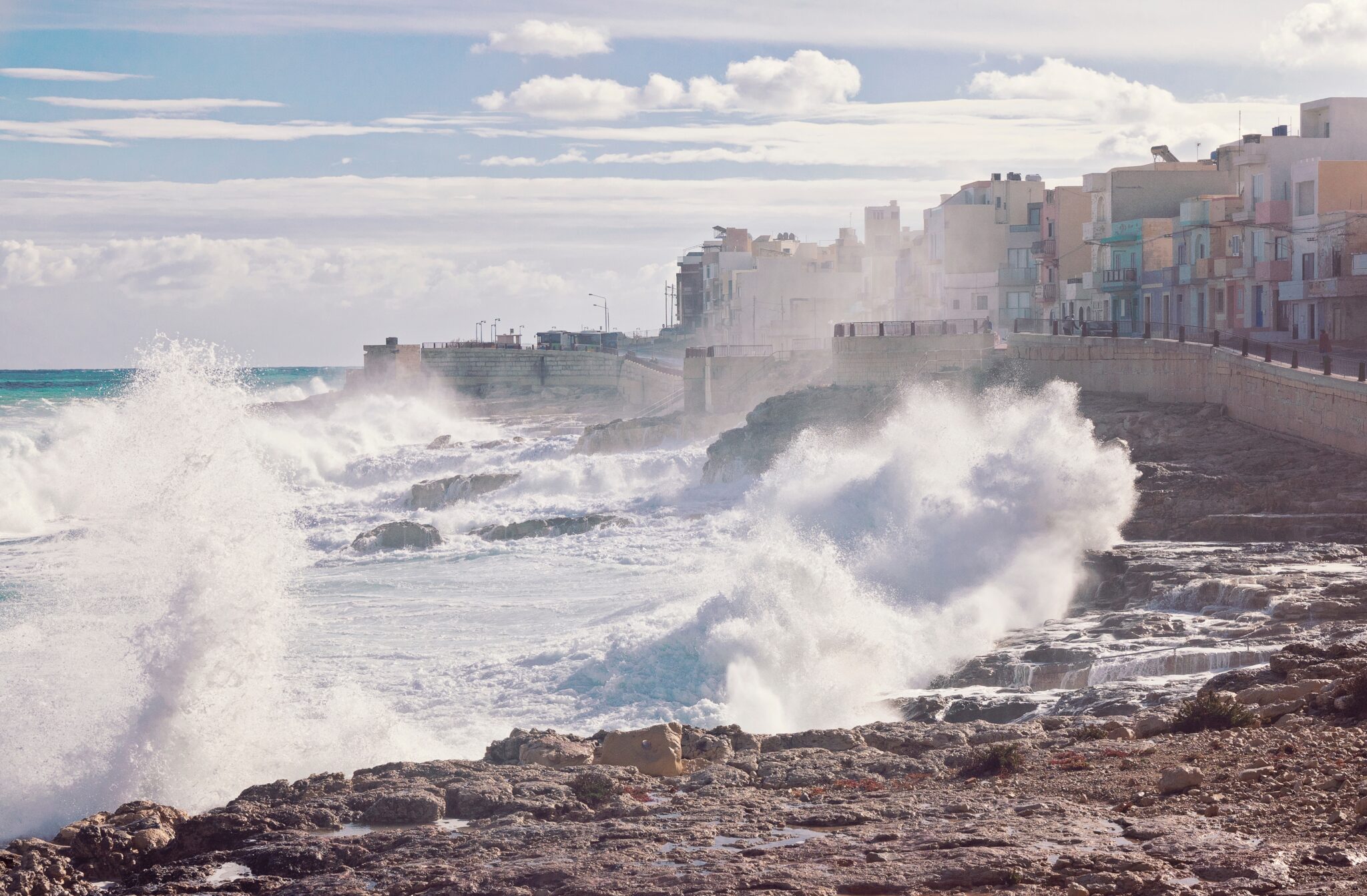An international study in which IHCantabria participated analyzes the characteristics of storm surges that reach the coasts worldwide.
Their results, recently published in the journal Scientific Reports
Scientific Reports, examine the main characteristics of coastal storm surges and provide a classification of the world’s coasts according to the properties of these storms.
An innovative international study, with the participation of researchers from the Institute of Environmental Hydraulics of the University of Cantabria(IHCantabria), evaluates the characteristics of coastal storm surges on a global scale.
The study was led by Héctor Lobeto Alonso, postdoctoral researcher at IHCantabria, with the collaboration of Melisa Menéndez García, both members of the Marine Climate and Climate Change Group at IHCantabria. Their results were published in the journal Scientific Reports, in an article entitled “Global coastal wave stormminess”.
To understand the importance of this study, it should be explained that storm surges play a fundamental role in coastal areas. These extreme events carry with them large amounts of energy that, when they reach the coast, can produce significant impacts such as erosion, flooding or damage to protective structures. Therefore, a detailed characterization of storms is essential to prevent the impacts generated by such events.
Key findings of the study
This study evaluates key aspects of storm surges, such as frequency of occurrence, duration, calm period between events or distribution throughout the year. Likewise, wave height, period and direction, as well as the contribution of swells and wind swells during storms, have been analyzed.
After the individual analysis of all the above-mentioned characteristics, two main results are provided that aggregate and synthesize the most critical properties of the storms. First of all, a large part of the analyzed characteristics are shown on a map, facilitating a direct comparison of the storm climate between different coastal stretches worldwide. In addition, a new indicator is introduced to quantify how stormy a coastal stretch is, classifying it into a total of five categories, from very lightly stormy to very stormy.
The results indicate that the coastal regions of northwestern Europe and southwestern South America experience, on average, the most intense storms. On the other hand, the Yellow Sea coast and the coasts of South Africa and Namibia are those affected by a greater number of storms throughout the year.
Regarding the global coastal classification, the results show a clear latitudinal gradient, where coasts in extra-tropical regions show a more stormy climate compared to those located in tropical or equatorial zones. The main exception is coastal regions affected by tropical cyclones, events that generate storm surges of great intensity. Thus, the regions classified as “very stormy” are located in Iceland, Ireland, Scotland, Chile and Australia, while those classified as “very stormy” are located in Indonesia, Papua New Guinea, Malaysia, Cambodia and Myanmar.
Methodology and future implications of this research.
The study was conducted with a 40-year historical wave database, numerically modeled from the ERA5 global reanalysis products. It is proposed in a homogeneous method to identify storm surges along the world’s coasts, allowing comparisons between different coastal regions.
The results of this research provide a basis for future studies in areas where storm surges are a key factor, such as coastal impact assessment or navigation. Understanding the characteristics of storm surges is crucial for the development of adaptation strategies, coastal development management and disaster preparedness.
This study is part of the Marine Sciences Program of IHCantabria (PCM), which is part of the Complementary Plan for R+D+i in Marine Sciences, ThinkInAzul, which is financed by the Ministry of Science and Innovation, with funds from the European Union NextGenerationEU (PRTR-C17.I1), and by the Autonomous Community of Cantabria.
The full content of the article published in the journal Scientific Reports can be accessed at: https://www.nature.com/articles/s41598-024-51420-0.

Storm surge reaching Malta’s coastline
This study is part of the
ThinkInAzul
program, financed by the Ministry of Science and Innovation with funds from the European Union NextGenerationEU (PRTR-C17.I1) and by the Autonomous Community of Cantabria.




